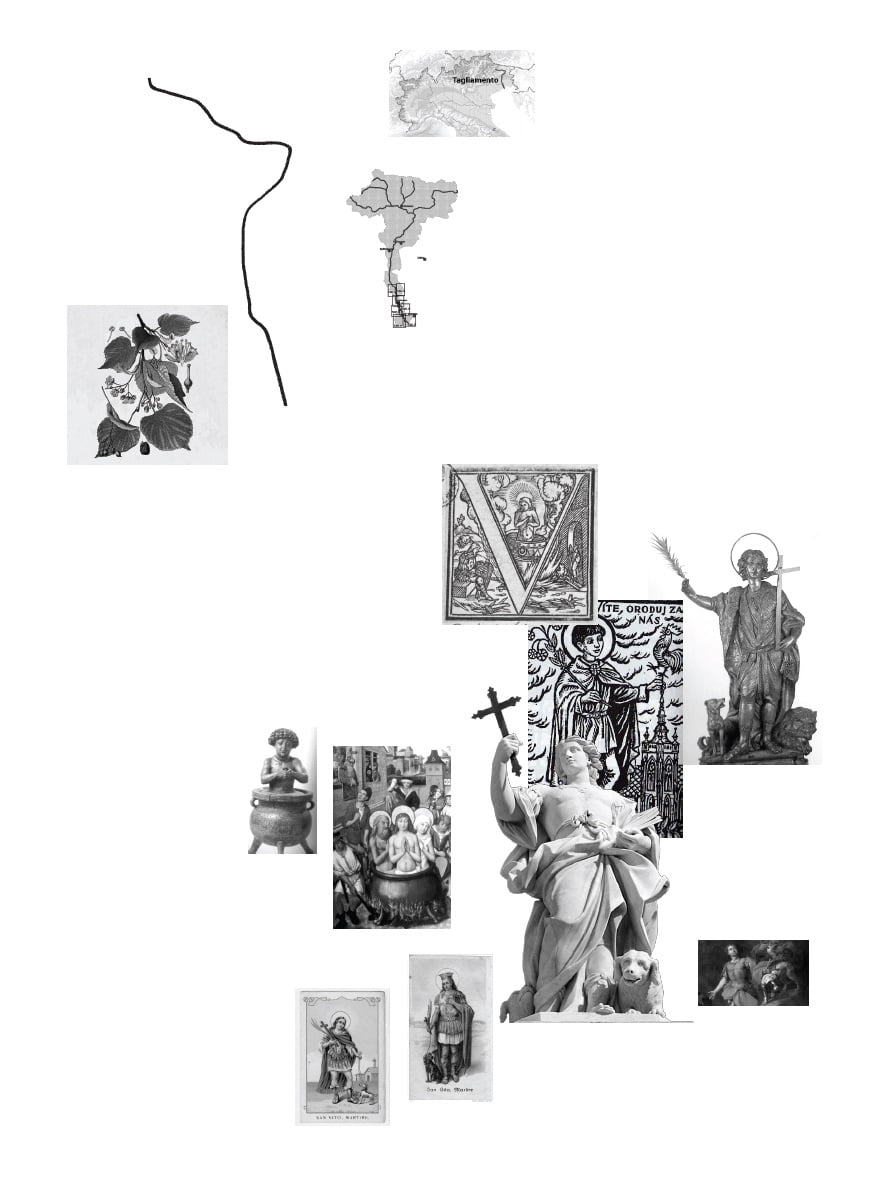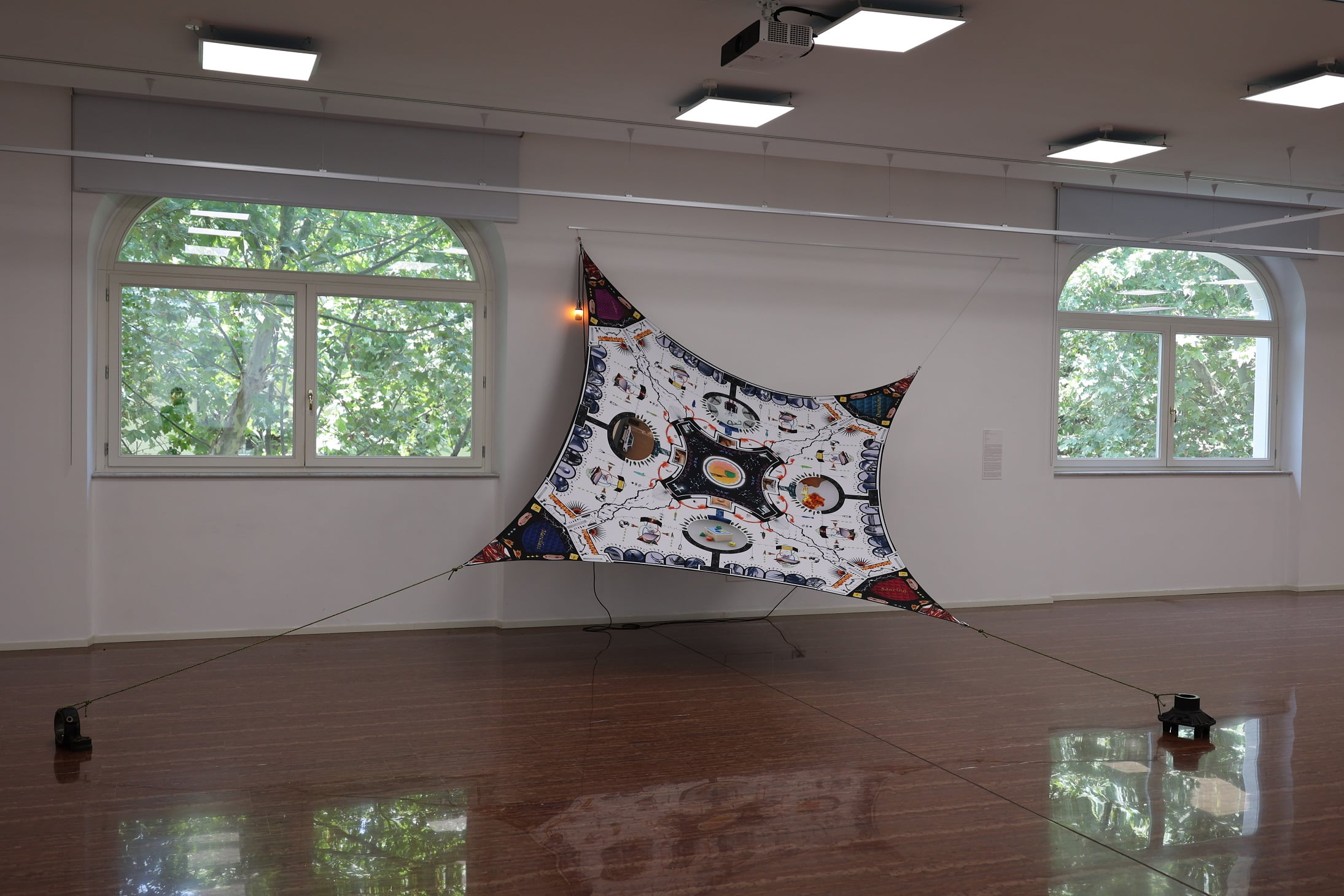In Francesco Pozzato’s artistic research, the theme of history is crucial, especially ancient history, the 12,000-year-long time span which started from the last ice age. His work originates from a critical and analytical eye examining facts, datas, archeological findings, and peculiar hidden aspects, which allow him to analyze the past to propose a new trustworthy narrative of history. The artist re-elaborates his own knowledge in relation to our times and, by doing so, he creates temporal connections, offering new insight on the present. His narrative is not that of a single great story, but the combination of different perspectives that coexist together: the narrative of the beaten and the memories of the defeated. By connecting antiquity and the past through building invisible bridges, Pozzato creates a frozen-in-time “contemporary section”, which the viewers can observe in every detail. The human past influences and meets the Western contemporary world: symbols from our everyday life are, in fact, evolutions of past technologies that recur in the present.
The digital print Dal Tigri al Tevere I (2021) portrays two historical events that are connected to each other through the intentional destruction and unexpected fates that have characterised them. The installation describes the discovery of a clay archive in the Near East, as well as the discovery of the “grotesque”, an ancient Roman wall decoration. As the title implies, both events occured along the Tigris and Tiber rivers. Close to the Tigris, the ancient royal archive of Ebla was recently uncovered, which survived from 2,500 B.C. to the present day because the city’s acropolis was destroyed: the fire baked and preserved the clay slabs.
One of the retrieved texts is the mythological tale Enuma Elish, often depicted along the Tiber shores in its decorative “grotesque” form: the typical ancient wall decoration depicting Chimeras and colourful geographical and natural elements. Even its discovery comes from an intentional destruction: in 68 A.D., after the death of the Roman emperor Nero, the Senate first officially enacted damnatio memoriae, literally ‘condemnation of memory’. Trying to erase him from collective memory, Nero’s domus aurea was buried and turned into foundations for later buildings, which permitted the later conservation, discovery and diffusion of its decorative scheme in the Renaissance period. Pozzato began with the study of two different events that are historically and geographically distant, and created newer temporal connections by graphically unifying the elements which characterise the two histories: destruction, luck and the conservation of historical and artistic heritage.
Alice Debianchi

